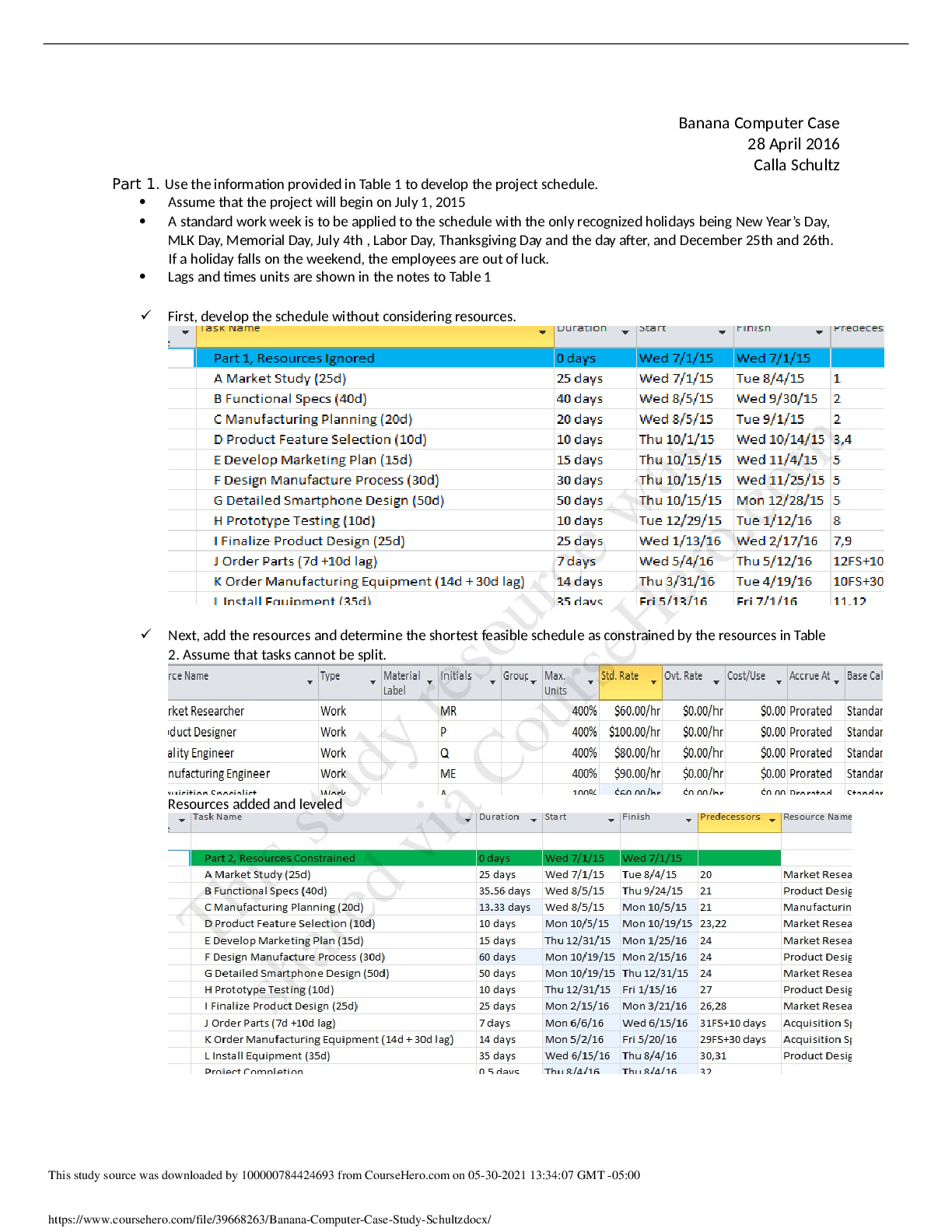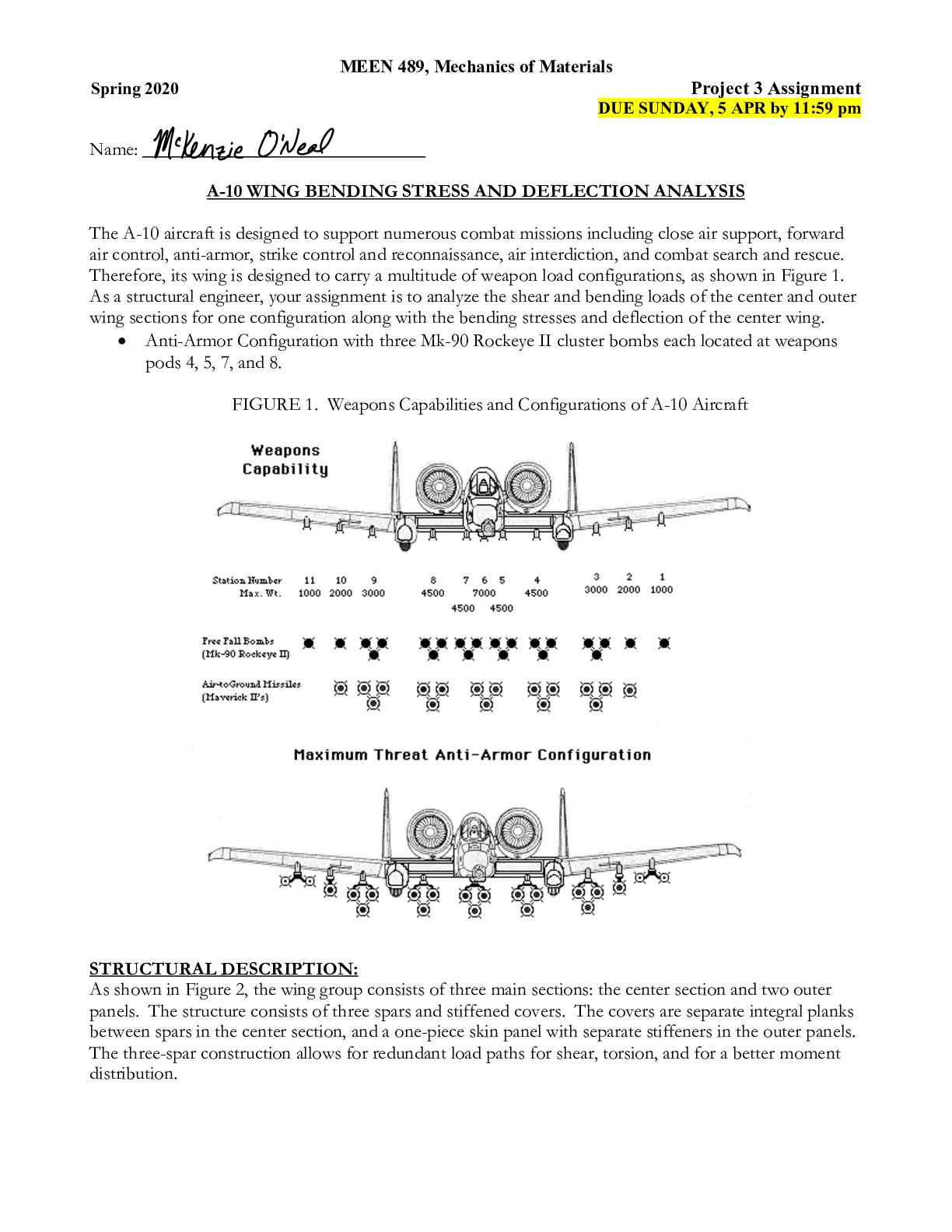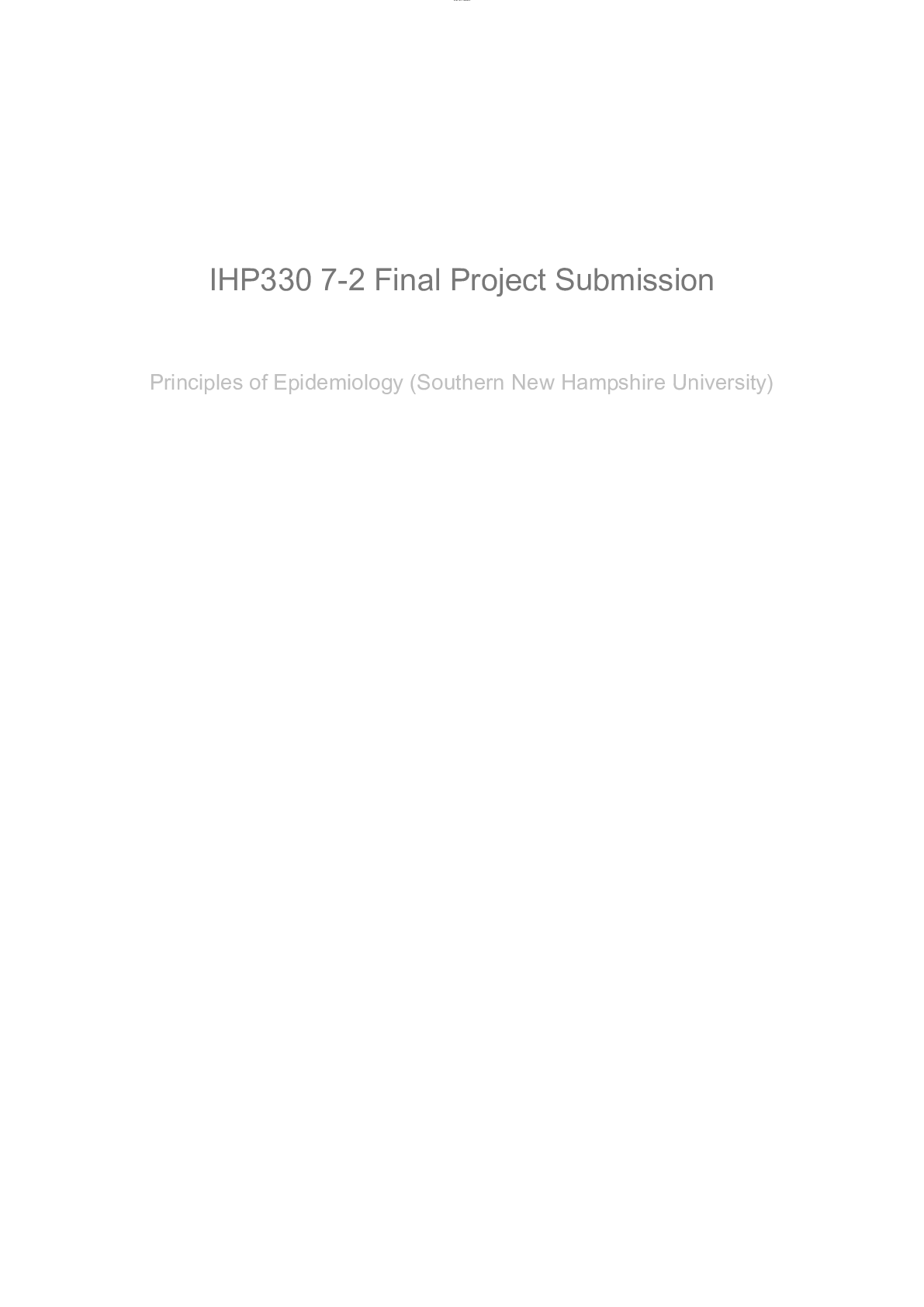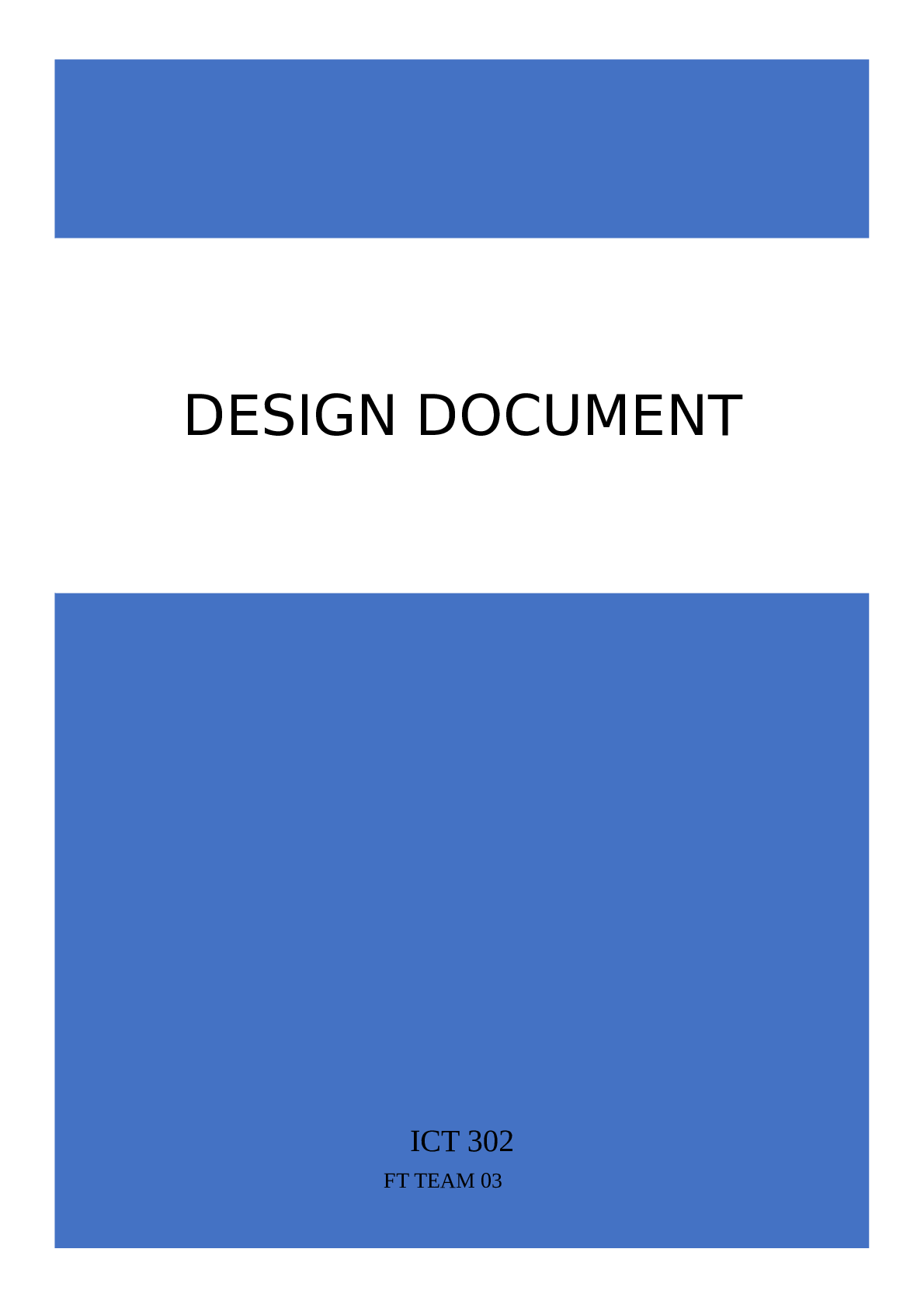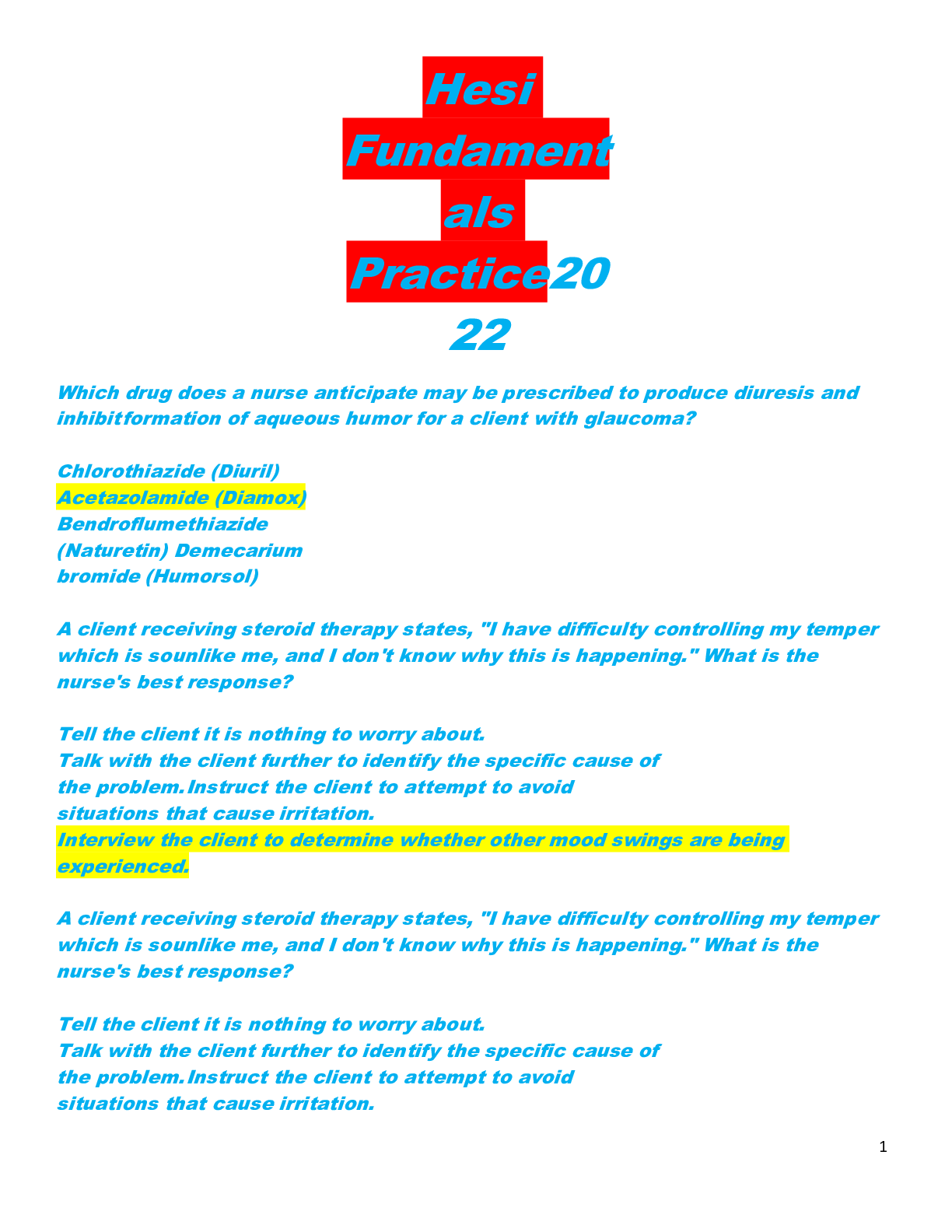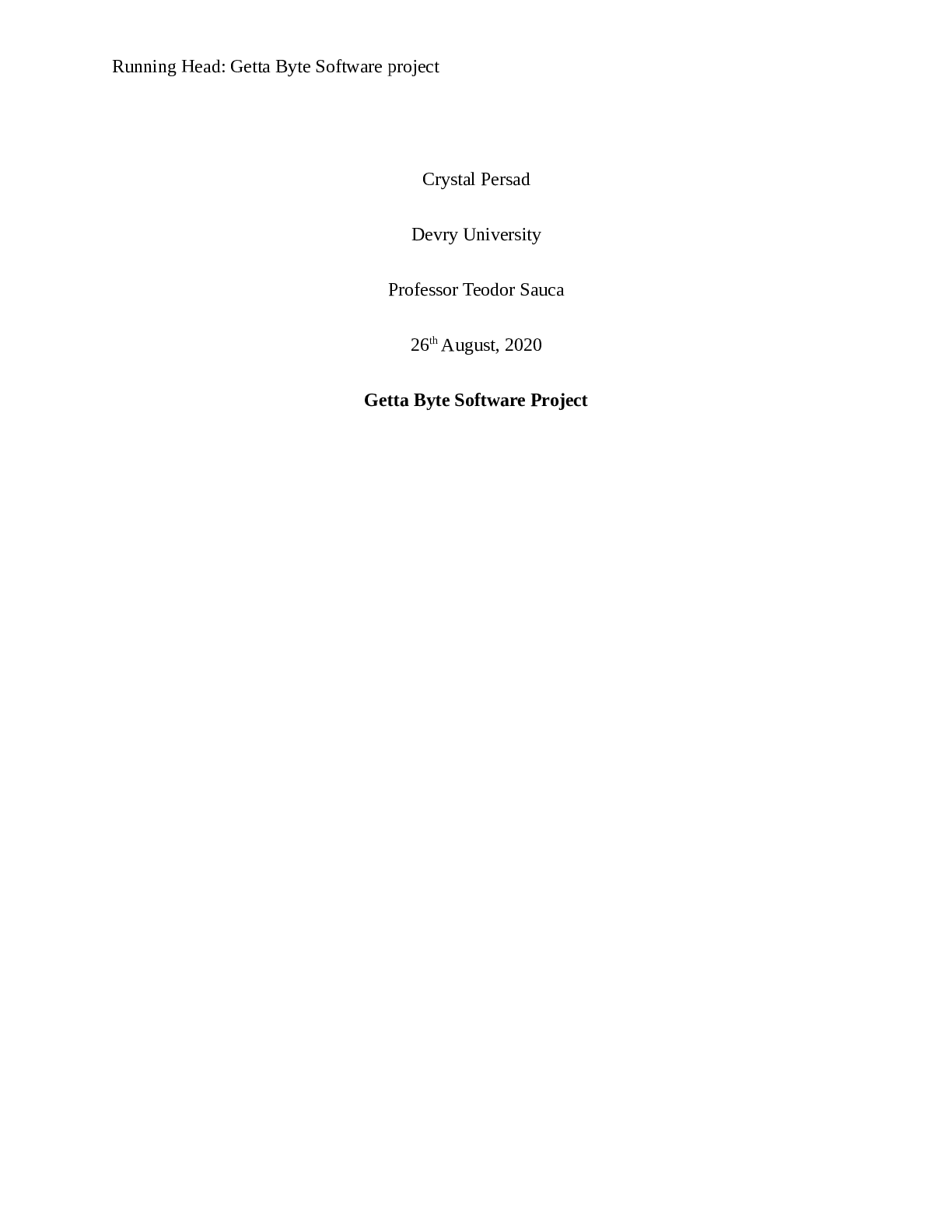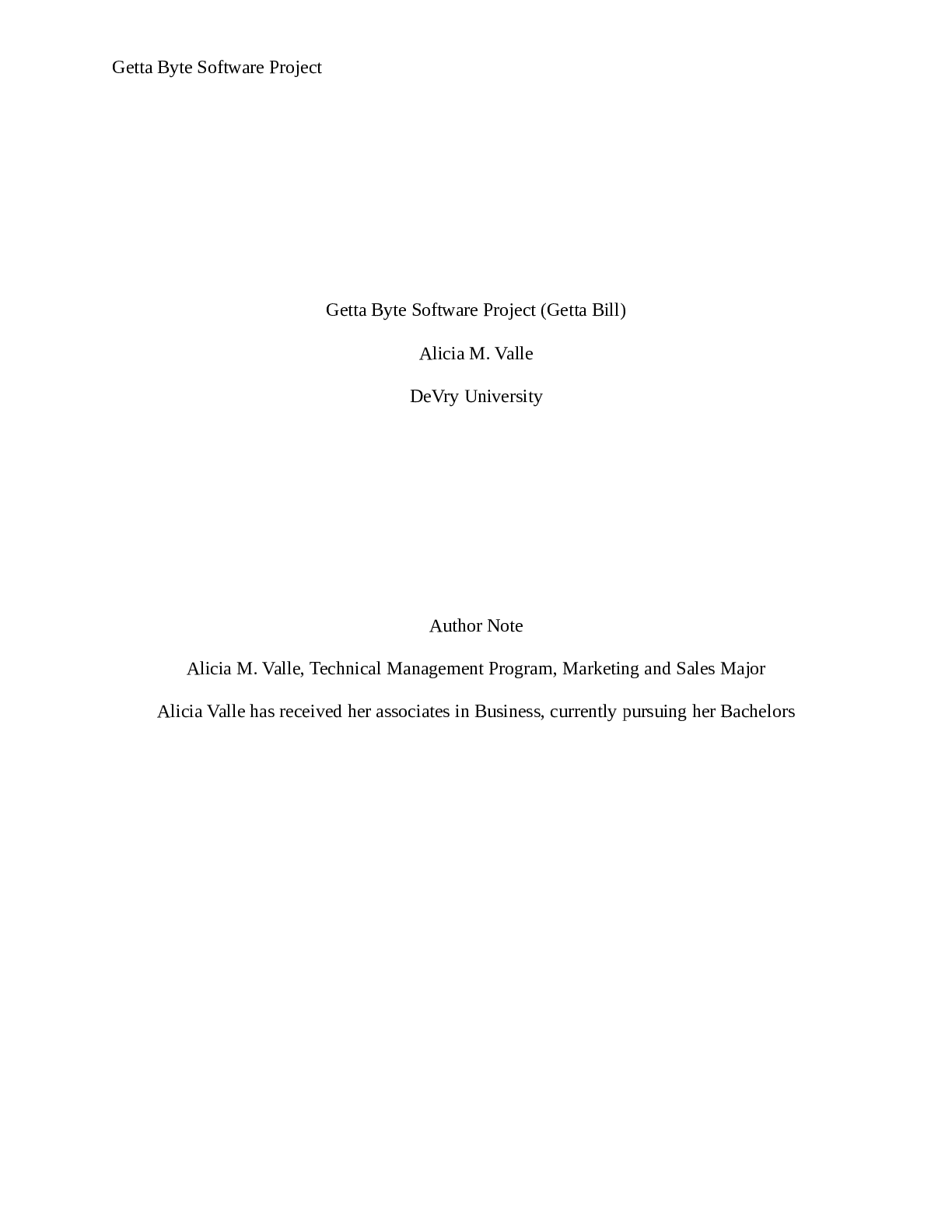Engineering > PROJECT FINAL > University of Texas, EENG 02IProcesses Final Report.Term Project: Vacuum-Insulated Bottles MANE 3364 (All)
University of Texas, EENG 02IProcesses Final Report.Term Project: Vacuum-Insulated Bottles MANE 3364
Document Content and Description Below
Introduction: The report includes the details about the manufacturing processes of VacuumInsulated water bottles that are commonly referred to as thermos. Originally created in 1892 by Sir James Dew... ar, a Scottish chemist and physicist, to hold liquefied gases at extremely low temperatures to aid his research in cryogenics; it would soon become the forerunner for what would become to be known today as a thermos flask. Dewar’s creation would be transfigured as a commercial product in 1904 by Reinhold Burger and Albert Aschenbrenner, two German glassblowers, that discovered it could be utilized to keep cold drinks cold and warm drinks warm and ultimately created a robust enough product that was capable of commercialization. Over time, the manufacturing and performance of the thermos bottles would be significantly improved and refined by Viennesee inventor Gustav Robert Paalen, whose designs were distributed widely through the thermos bottle companies in the United States, Canada, and the United Kingdom, and would eventually lead to manufacturers producing similar products ranging in size, shape, and materials yet the vacuum flasks’ original design holds true. Objective: The purpose of this report is to widely explain the manufacturing process of vacuum insulated bottles. The report will include a complete description of the materials, design, parts, manufacturers, and possible innovations that constitute the product. Research results: Description: The vacuum insulated bottles are primarily made of stainless steel, this material is used because it can resist corrosion and high temperatures. The structure of the bottle consists of vacuum insulation, which is a form of thermal insulation where the air is evacuated, therefore there is a reduction in thermal conductivity and the temperature inside the bottle can be preserved. The preservation of the temperature helps delay the heat dissipation and keeps the liquid under a constant temperature. In order for the heat to be transmitted to the outside of the thermos, it has to reach the wall of the outer container, but because they are separated, heat cannot pass through. It also cannot pass through convection, as there is no air due to vacuum. Since the walls are made of stainless steel the shine of the wall reflects the radiation of hot water and keeps the heat trapped inside. The mirror effect can reflect radiation, which is essential to keep the fluid temperature constant. Therefore, consumers can be satisfied with [Show More]
Last updated: 1 year ago
Preview 1 out of 15 pages
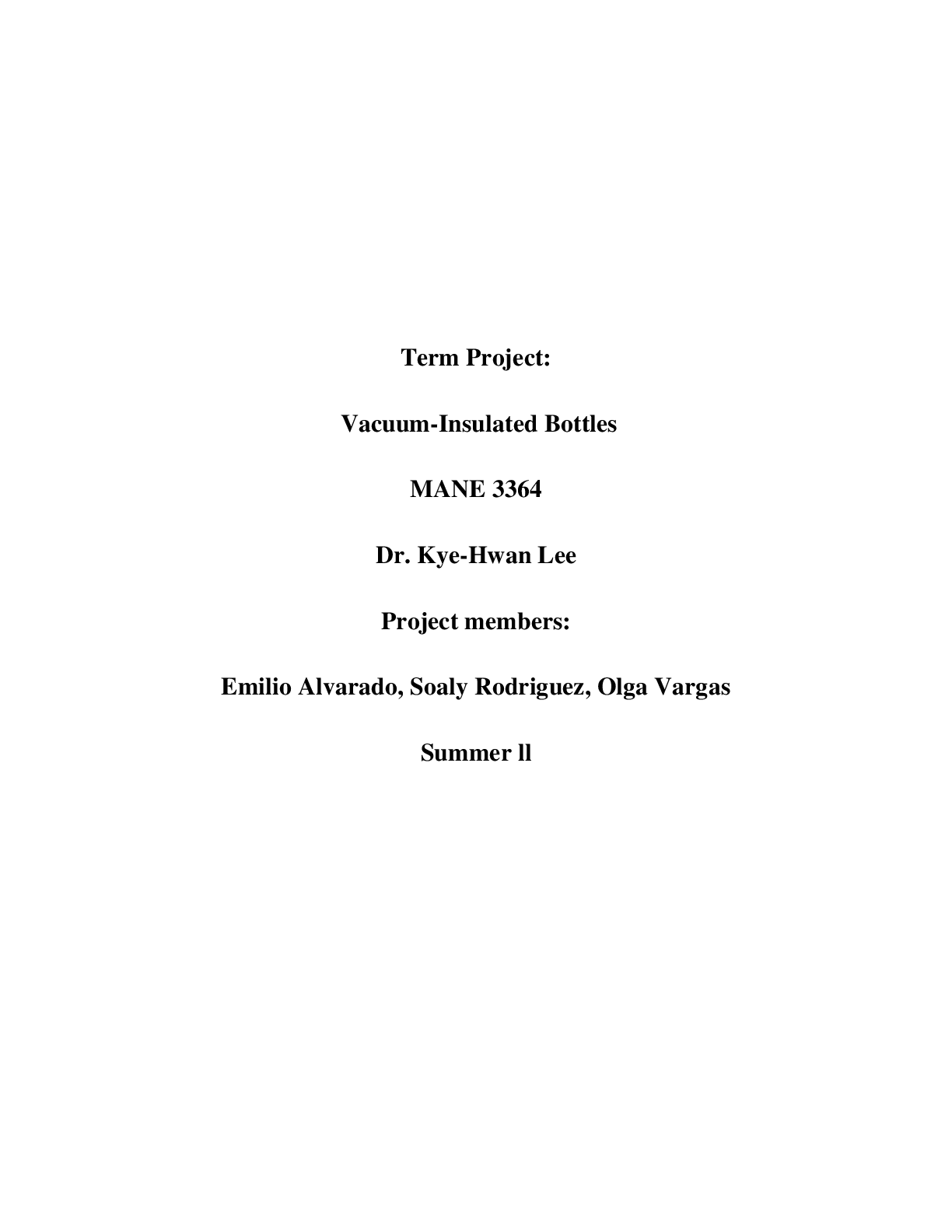
Reviews( 0 )
Document information
Connected school, study & course
About the document
Uploaded On
May 30, 2021
Number of pages
15
Written in
Additional information
This document has been written for:
Uploaded
May 30, 2021
Downloads
0
Views
91


